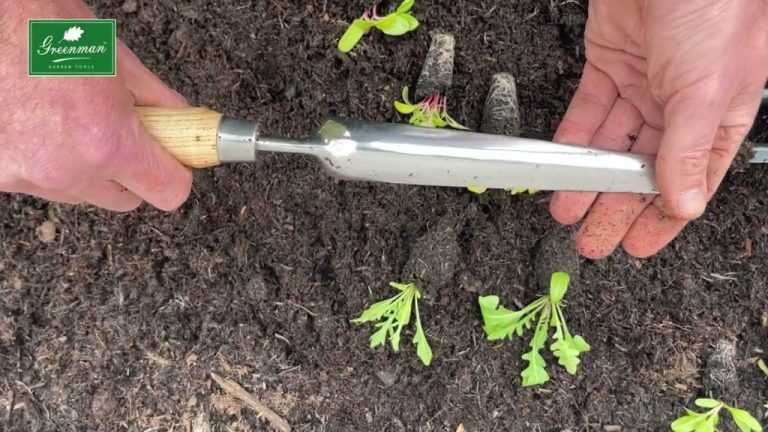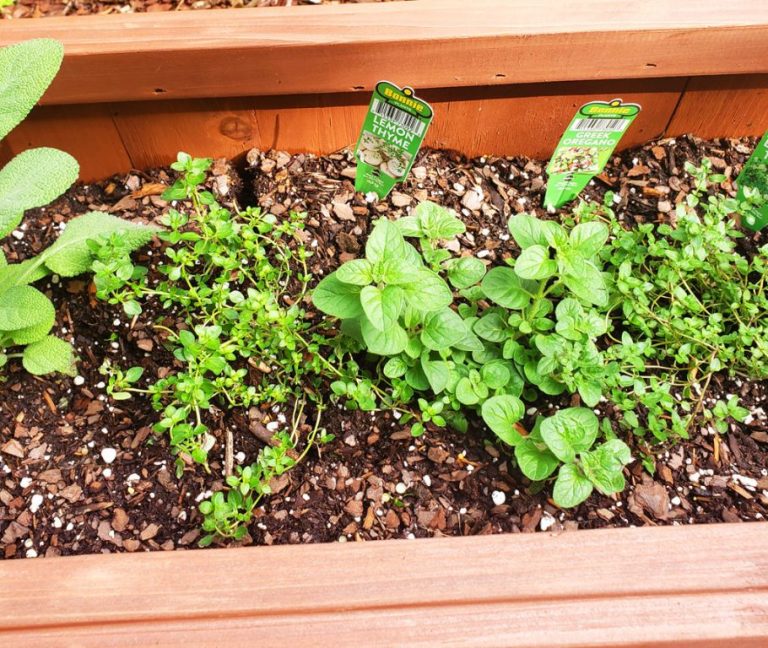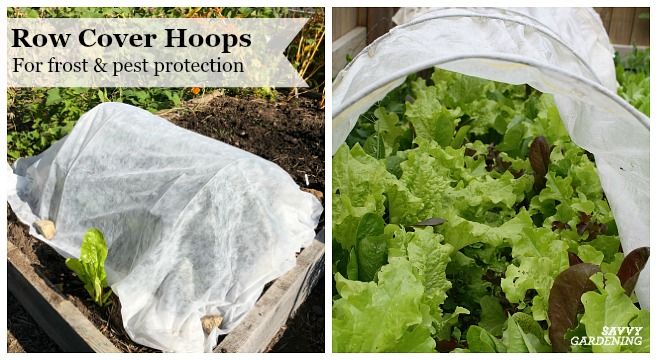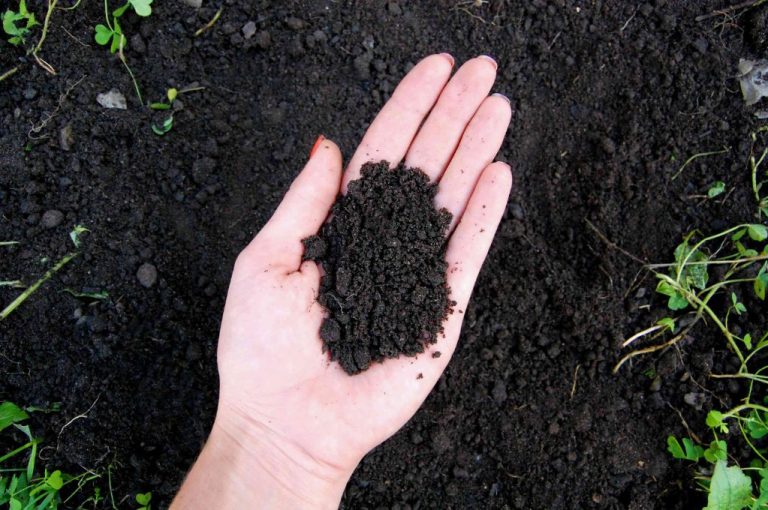Beginner’S Guide To Pest Control In The Garden: Natural Solutions
Gardens can be havens for a variety of pests that damage plants and reduce harvest yields. Common garden pests include insects like aphids, Japanese beetles, and cabbage worms, as well as animals like gophers, deer, and rabbits. While chemical pesticides offer a quick solution, organic pest control methods are safer for people, pets, beneficial insects and better for the soil and environment.Organic pest control methods work by removing food sources, introducing predators, using barriers, applying repellents, and maintaining a healthy garden ecosystem.
This guide covers natural, organic solutions to effectively prevent and manage pests while keeping your garden healthy.
Identify the Pest
The first step in organic pest control is to properly identify which pests are damaging your garden plants. Some common garden pests to look out for include aphids, cutworms, beetles, earwigs, and more. There are a few ways to identify which pest is plaguing your garden:
Look for visible signs of the insects themselves. Aphids are small, soft-bodied insects that cluster on stems and leaves. The larvae of cutworms will hide around the base of plants during the day and come out at night to chew on leaves and stems. Different types of beetles vary in shape and color – Japanese beetles are metallic green and feed on over 300 types of plants.
Inspect plants for damage caused by pests like chewed leaves and holes in foliage. Droppings from certain insects can also help pinpoint the culprit. For example, earwigs leave behind dry, black, elongated droppings.
It’s also helpful to monitor your garden regularly to see what insects are commonly present. Some may be beneficial predators that can help control pest populations. Identifying garden pests correctly is key so you can use appropriate organic methods to control each one.
For photos and more details on recognizing common garden pests, see these guides:
https://www.hgtv.com/outdoors/landscaping-and-hardscaping/16-common-garden-pests-pictures
https://www.gardeners.com/how-to/plant-pest-photo-gallery/5288.html
Remove Food Sources

One of the most effective ways to deter pests is to eliminate any potential food sources in your garden (1). This means cleaning up and removing any fallen fruit, rotting vegetables, or other plant debris that pests may try to feed on. It’s important to harvest ripe fruits and vegetables promptly, and dispose of any that are overripe or damaged. Compost piles should be contained and maintained properly to avoid attracting pests.
Pest-proof garbage cans with tight-fitting lids will also help deny pests access to food waste. Pet food should not be left outdoors, as this can attract rodents and other animals. Standing water sources like bird baths or buckets should be emptied and refreshed frequently, as these provide drinking water for pests (2). Keep the garden free of weeds, as these can provide food sources as well.
By routinely removing possible food sources, you eliminate what pests need to survive. This goes hand-in-hand with denying them shelter and access to water as well. It’s a critical first step in preventing an infestation organically without the use of chemicals or poisons.
Introduce Predators
One effective way to control pests naturally is to introduce predators that will hunt and eat the pests in your garden. Birds, frogs, and ladybugs are examples of beneficial predators that can help keep insect and pest populations under control.
Attract birds to your garden by providing a bird bath or feeder with birdseed. Birds like chickadees, blue jays, and robins will eat insects like caterpillars, beetles, and flies (Enticing Predators to Patrol Your Garden).
Place a small pond or fountain in your garden to attract frogs and toads, which will eat slugs, snails, and insects. You can also set out frog houses made of clay pots or wood to give them a place to hide (Predatory Insects in the Garden).
Ladybugs are a gardener’s best friend – both the adults and larvae feed on soft-bodied insects like aphids, mealybugs, and mites. You can buy live ladybugs to release or attract them naturally by planting pollen and nectar sources like dill, fennel, and cosmos.
Use Barriers
One effective method for pest control is to use physical barriers that prevent pests from reaching your plants. Barriers create a physical obstruction that makes it difficult or impossible for pests to access your garden.
For flying insects like aphids and whiteflies, you can cover plants with insect netting or garden fabric. Make sure the edges of the netting are secured so insects cannot sneak underneath. Row covers and garden fabrics allow air and light in while keeping pests out.Amazon
For crawling insects and larger pests, wrap copper tape around planter edges or tree trunks. The copper reacts with the pests’ bodies to give them a mild shock that repels them. You can also use aluminum flashing, petroleum jelly, or double-sided tape as barriers on surfaces. Install physical collars or traps around tree trunks to prevent climbing pests.
Pick out pest-resistant plant varieties and use floating row covers to limit their exposure. Keep weeds trimmed around garden edges to eliminate pest hiding spots. Use raised beds with wooden frames or hardware cloth bottoms to prevent pests in the ground from attacking plant roots.
Apply Repellents
Using natural repellents is an effective way to deter pests without using toxic chemicals. Some safe, natural repellent options for the garden include:
Neem oil – Extracted from the neem tree, this oil contains azadirachtin which disrupts the hormonal systems of insects. It repels a wide variety of pests including aphids, spider mites, beetles, leafhoppers, and caterpillars. Neem oil can be sprayed directly on plants or applied to the soil.1
Insecticidal soap – Made from natural fatty acids, insecticidal soap disrupts cell membranes and kills soft-bodied insects like aphids, mealybugs, and mites through contact. It can be sprayed on infested plants.
Garlic or pepper spray – The strong smell and spicy oils in garlic and peppers deter many insect pests. Crush garlic cloves and chili peppers, mix with water, strain, and spray on vulnerable plants.
Regular application of these natural repellents can keep pest populations at bay without harming beneficial insects or the environment.
Encourage Beneficial Insects
A great way to naturally reduce pest populations and increase biodiversity in your garden is to plant flowers that attract beneficial insects like ladybugs, lacewings, hover flies, parasitic wasps, and bees. These predatory and pollinating insects will help control pests and improve pollination and overall garden health. Some of the best plants to attract beneficial insects include:
Marigolds – The bright yellow and orange flowers of marigolds attract hover flies and lacewings. Plant marigolds throughout your garden or around the border. They also deter certain pests like nematodes. (source: https://www.planetnatural.com/12-beneficial-plants-for-natural-pest-control-in-your-garden/)
Lavender – All pollinators love lavender. Plant some rows of lavender to bring in bees, butterflies, and ladybugs to your garden. The fragrance can also deter deer, rabbits, and flea beetles. (source: https://bloominghaus.com/news/how-to-use-plants-for-natural-pest-control/)
By including these and other insectary plants, you can promote populations of beneficial insects that will prey on pest insects like aphids or whiteflies. This helps create a balanced ecosystem that controls pests naturally.
Use Organic Insecticides
Organic insecticides made from natural ingredients can be very effective at controlling pests while also being safe for people, pets, beneficial insects, and the environment. Some good organic insecticide options include:
Diatomaceous earth is made from fossilized remains of diatoms, a type of hard-shelled algae. The powder has sharp edges that cut and damage the exoskeletons of insects. Diatomaceous earth can be dusted on affected plants.
Bt (Bacillus thuringiensis) is a natural bacteria that produces proteins toxic to certain insects like caterpillars, beetles, and mosquitoes but is safe for humans. Different strains target specific pests. Bt can be sprayed directly on plants.
Spinosad is derived from a naturally occurring soil bacterium. It targets chewing insects like caterpillars and thrips but has very low toxicity to mammals and beneficial insects like bees. It is available in ready-to-use formulations that can be sprayed.
Always follow label directions carefully when using any pesticide. Organic insecticides often do not persist as long as synthetic options so repeated applications may be needed. Using a combination of organic insecticides and preventative methods is the best approach for controlling garden pests without harmful chemicals.
Practice Crop Rotation
Crop rotation is one of the most effective cultural practices for preventing pest problems in the garden. By moving crops to a different part of the garden each season, you can disrupt the reproductive cycles of many pests.
For example, corn earworm overwinters in the soil and emerges in spring to lay eggs on corn plants. If you plant corn in the same spot year after year, populations of corn earworm can explode. But if you rotate corn to a different site each year, the emerging moths will not be able to find host plants as readily.
Crop rotation also breaks disease cycles by removing preferred hosts from an area for several years. For example, rotating brassicas (cabbage family crops) with lettuce or beans can help prevent clubroot disease.
In general, avoid planting the same crop family in succession. Use crop rotation charts to help plan a 3-4 year rotation through different plant families. This encourages soil health and diversity while reducing pest pressure. For more details see: Management of Insect Pests with Crop Rotation and Field Layout
Maintain Garden Health
Healthy plants are naturally more resistant to pests and diseases. Building and maintaining soil health through composting, mulching, and organic matter not only provides nutrients but also improves the soil structure and moisture retention (“How to Keep Pests Away from an Organic Vegetable Garden,” https://earthsally.com/gardening-basics/how-to-effectively-keep-pests-away-from-an-organic-vegetable-garden.html). Make sure your plants are receiving proper sunlight, water, and nutrients to withstand pests (“12 Steps to Preventing Garden Pests Naturally,” https://www.tenthacrefarm.com/preventing-garden-pests/). Weak and stressed plants will be more susceptible to infestations.






